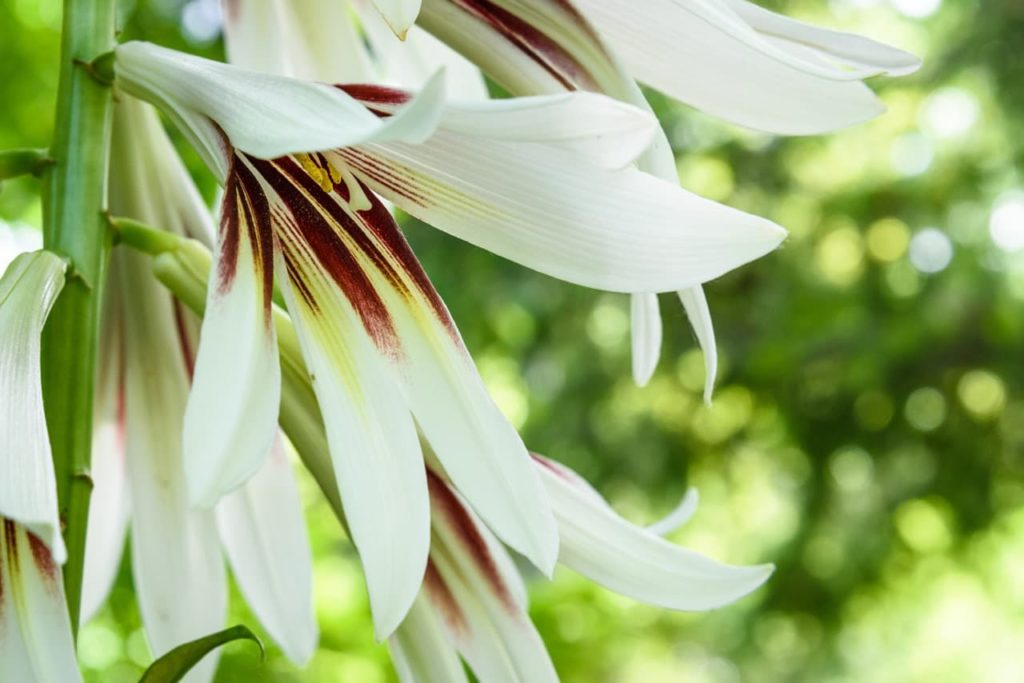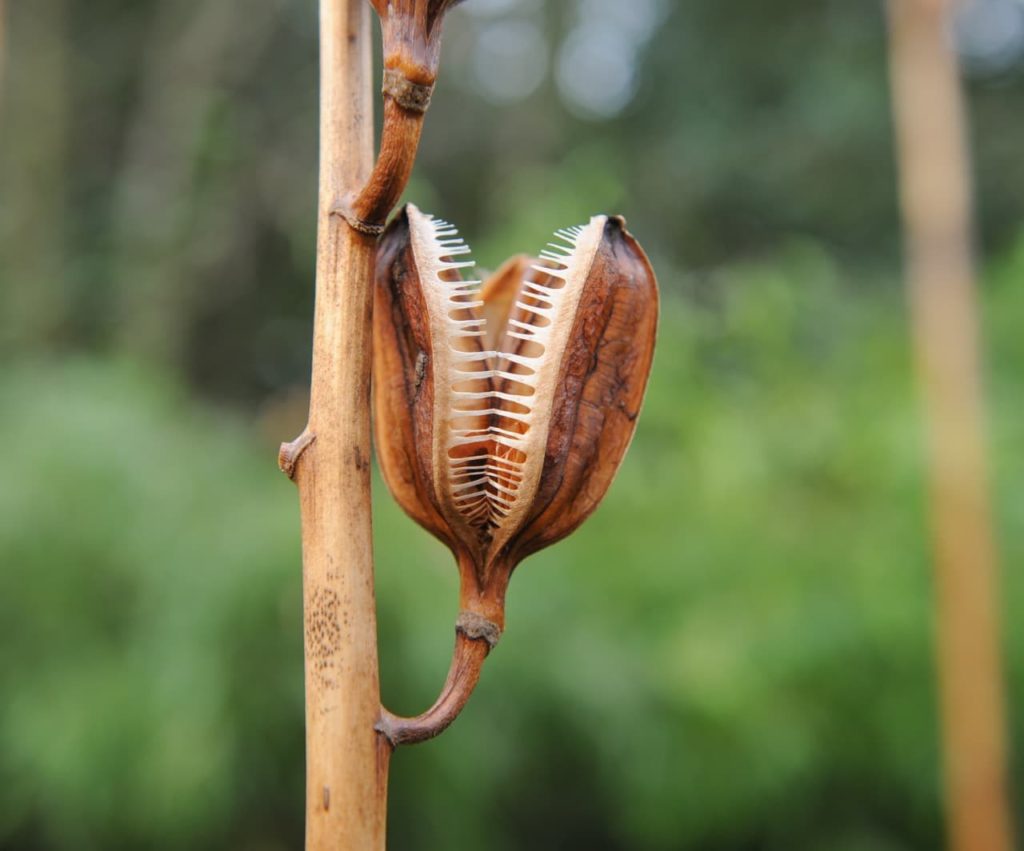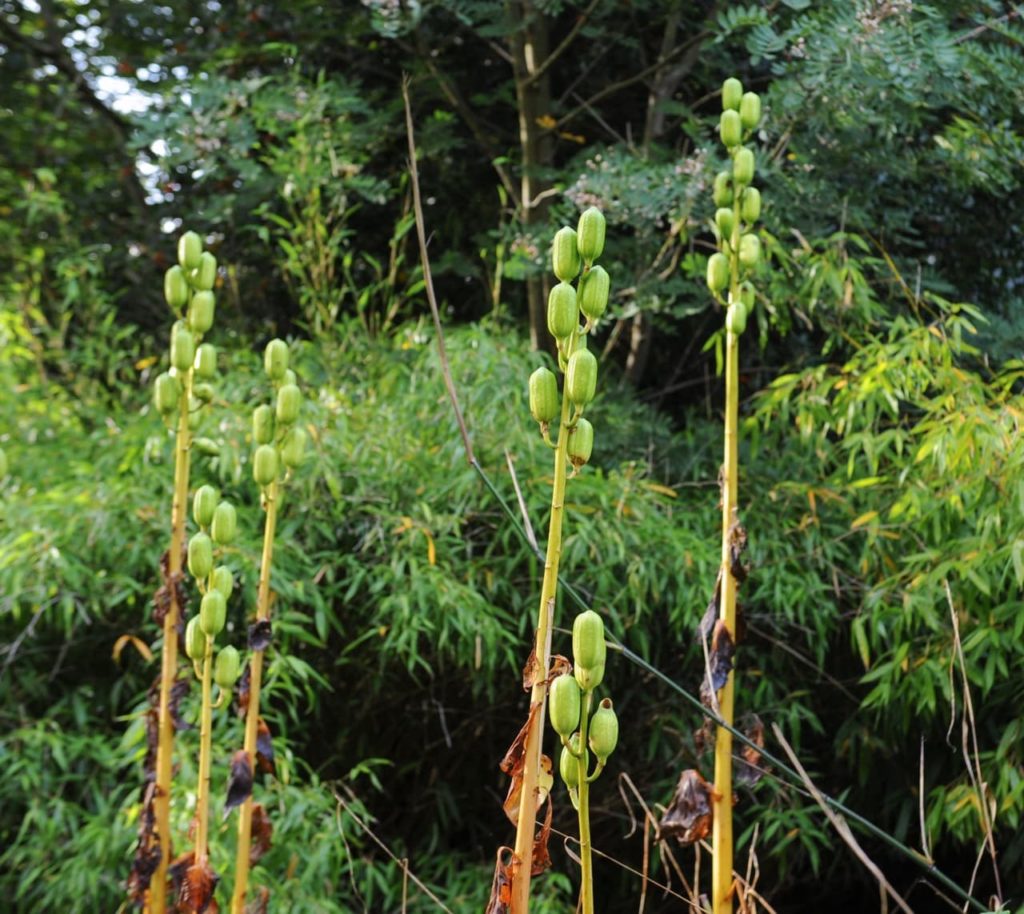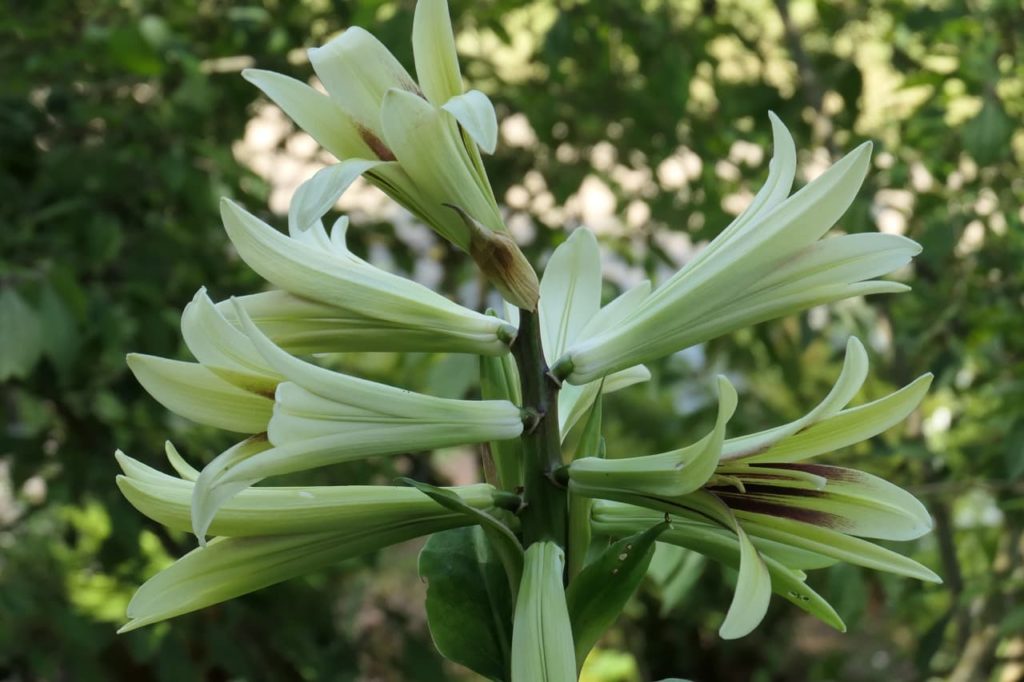BULBS > LILY > CARDIOCRINUM
IN THIS GUIDE
LILY GUIDES

AsiaticDeadheadingGiant HimalayanVarieties
Cardiocrinum giganteum , the Giant Himalayan Lily , is a flamboyant and dramatic plant to conceive develop in your garden .
Though not widely known , this plant is an attractive show - stopper that grows slow but is well worth the time lag .

Cardiocrinum is a genus of medulla oblongata in the Lily folk , of which the elephantine Himalayan Lily is the magnanimous , grow up to around 2.5 MB tall.1Cardiocrinum giganteum . ( n.d . ) . Royal Horticultural Society . Retrieved December 4 , 2023 , fromhttps://www.rhs.org.uk/plants/297145/cardiocrinum-giganteum-from-sikkim/details
These are monocarpic perennials , which , though they can live for a number of years , will pop off after flowering .
This can think that these plant take an terrible lot of work for such a light flowering windowpane – and I would say this is the primary affair to brook in mind when choosing to arise these plants .

Overview
PreferredPart shade
ExposureSheltered
Height1.5 – 2.5 molar concentration

Spread0.1 – 0.5 chiliad
Bloom TimeJune to August
PreferredMost rich soils

MoistureMoist but well - drain
pHAny
The heyday of this works are prized for their appearance and fragrance and bloom on fledged plants sometime between June and August .

These horn - work , lily - like flowers are followed by oblong seed pods that can be hold and dried and used in floral arrangements inside a home .
Common Types
Cardiocrinum has three species – Cardiocrinum cathayanum , C. cordatum , andC. giganteum , the latter of which is the specie most commonly cultivated in a horticultural setting .
There are two principal varieties ofC. giganteum :
How To Grow Himalayan Lily
Himalayan lily are not necessarily the best choice if you have an impatient run , but growing them successfully and fancy their flowers after your hold can be worthwhile .
These plant typically take 7 old age to make inflorescence sizing from seed and they will fail after they flower .
However , as they develop , the plants will produce bulbil at the pedestal which can be used for propagation .

The bulblet will then typically take between 3 - 5 years to blossom .
Since using the bulblet to propagate the works termination in bloom jolly more quick , this is often the method used , but these flora can also be develop from seed by very patient gardener .
The seminal fluid is best inseminate in a moth-eaten frame or other protect spot in the autumn , as soon as it becomes ripe .
Seeds may germinate the following fountain but it can take up to 2 eld for the seed to germinate .
You will then need to grow on the works in a protected area such as a greenhouse , polytunnelor cold framefor 3 - 4 years before you plant them out into their final growing stance in the garden .
These plants do best in partial wraith and will thrive if given forest conditions similar to those of its native home ground .
They do n’t like Robert Frost pockets or peculiarly chilly place , where they may need some extra protection through winter .
Equally , they will not do well in a peculiarly parch , hot and sunny office , so find out the right balance when it comes to light story and temperatures can be of import .
The soil must be damp yet loose - draining and ideally recondite , hoummos - deep and rich .
The specific soil type and pH do not matter too much as these plants can in reality contend in a wide range of very unlike areas .
Giant Himalayan lily are well planted out in spring or autumn , depending on their size and point of growth .
Before planting , be indisputable to prepare the domain well and provide muckle of organic matter to ensure a rich and hoummos - full-bodied medium .
When plant , the bulb should be light covered with leaf mould if potential .
Cardiocrinum Care
Caring for these large and dramatic bulbs means make certain that you go on to meet their environmental needs over metre .
weewee well during dry patch to keep soil moisture , but take care not to saturate the site and ensure that excess piss can drain aside from the planting location freely , even in sullen rainfall condition .
Replenish the mulcharound the plants each springtime and contribute extra mulch materials in summer to meet the fertility penury of your plants .
As mentioned above , these flora can be grown from germ , but are more commonly grown from the bulbil which are fall apart from the base of the old flora after it flowers .
Cardiocrinum giganteumis H5 hardy and can make do with wintertime condition throughout most of the UK , even during extreme frigidity .
However , you do need to look out for winter wet , which can cause a act of problems if waterlogging is allowed to occur .
You also need to be aware of gadfly like slugs , mice and voles , which can be attracted to the bulbs and stimulate damage to them , specially during the inhuman calendar month of the year .
Aside from poke , mice and voles which can make damage to the bulbs , you will also need to remain open-eyed for a routine of other trouble that can uprise when growing these plants .
“ In particular , as these plants are members of the Lily family , they are susceptible to lily beetle , a lowly scarlet red beetle which have the leafage and bloom of the works , ” shares Master Horticulturist Roy Nicol .
“ They are best picked off and squished . Be measured not to give up them to employ their defence mechanics where they drop to the ground and become turn a loss in the leafage of plants . ”
Most of the issues that can arise do so because of job with the environmental conditions or care .